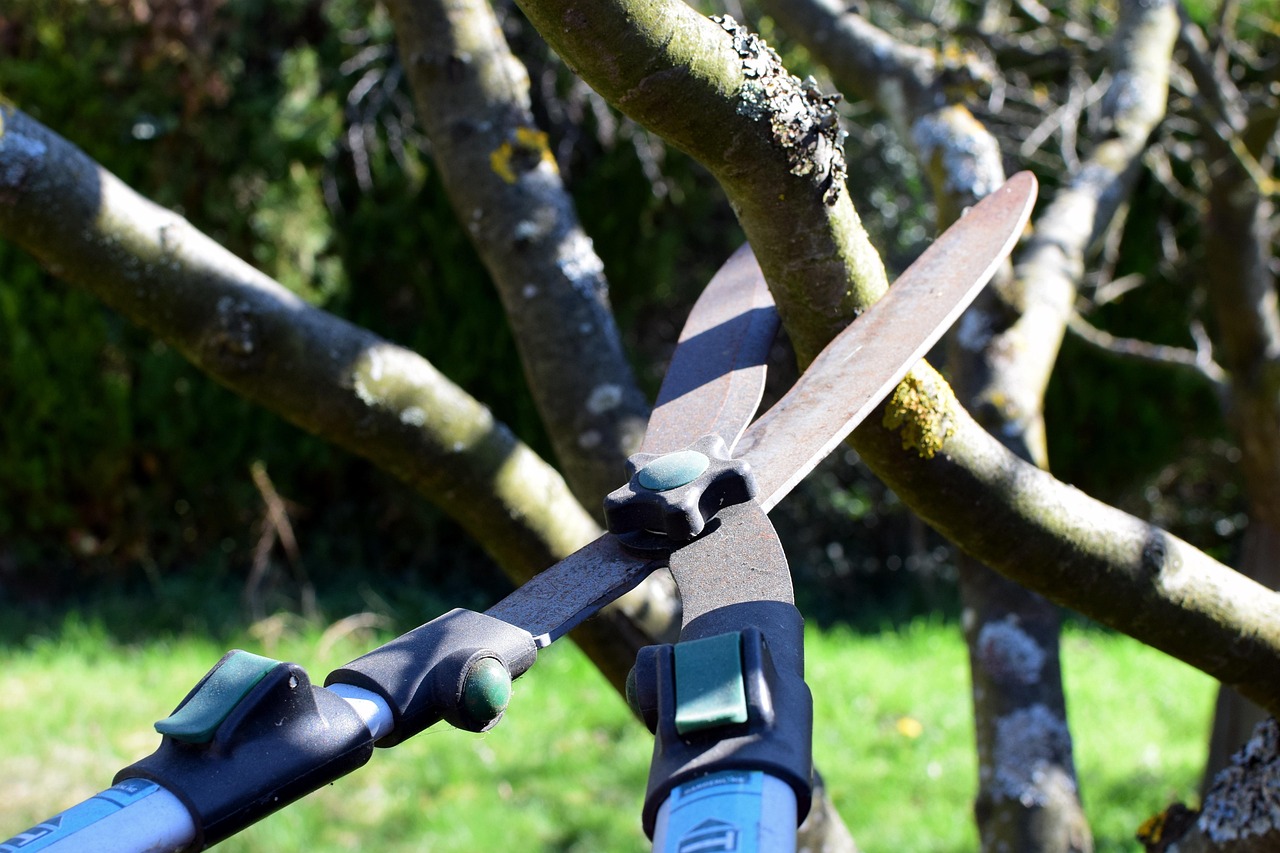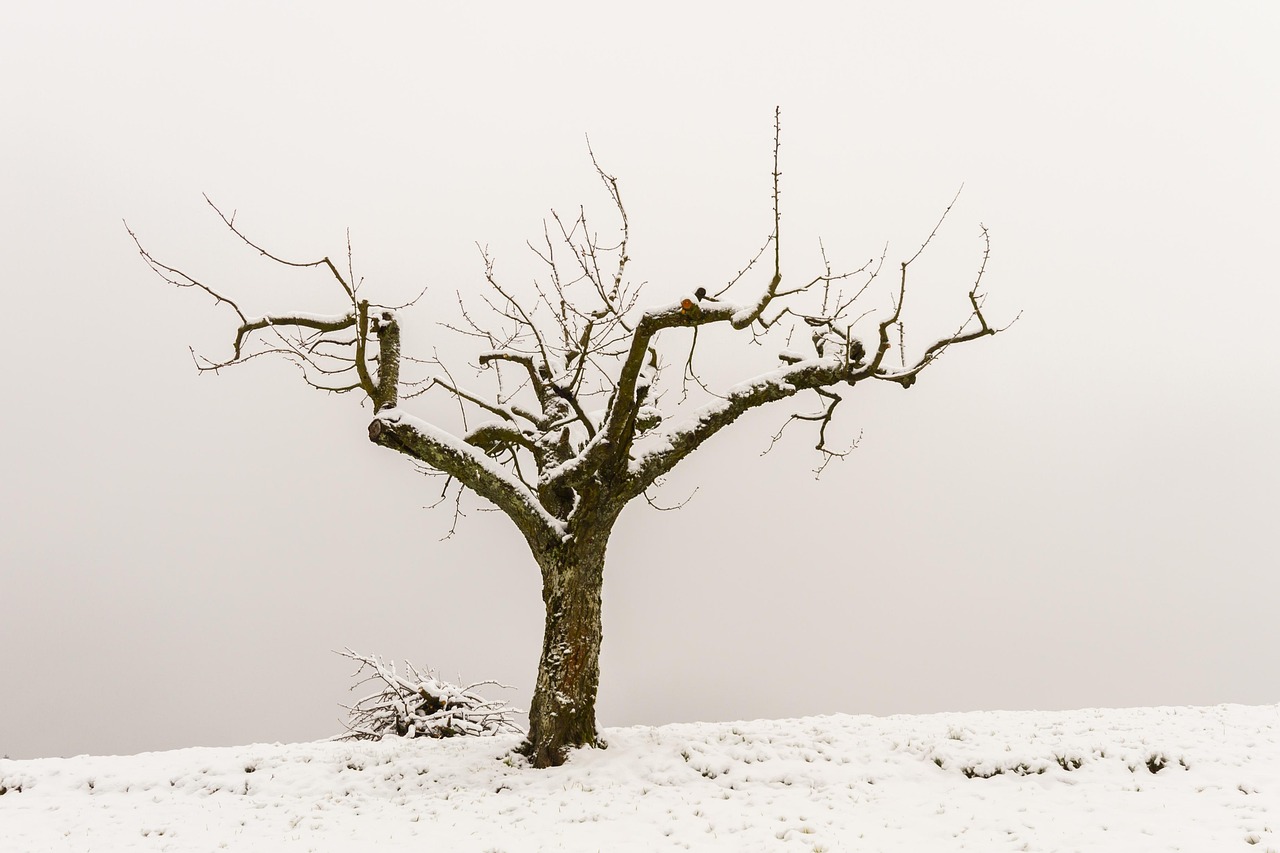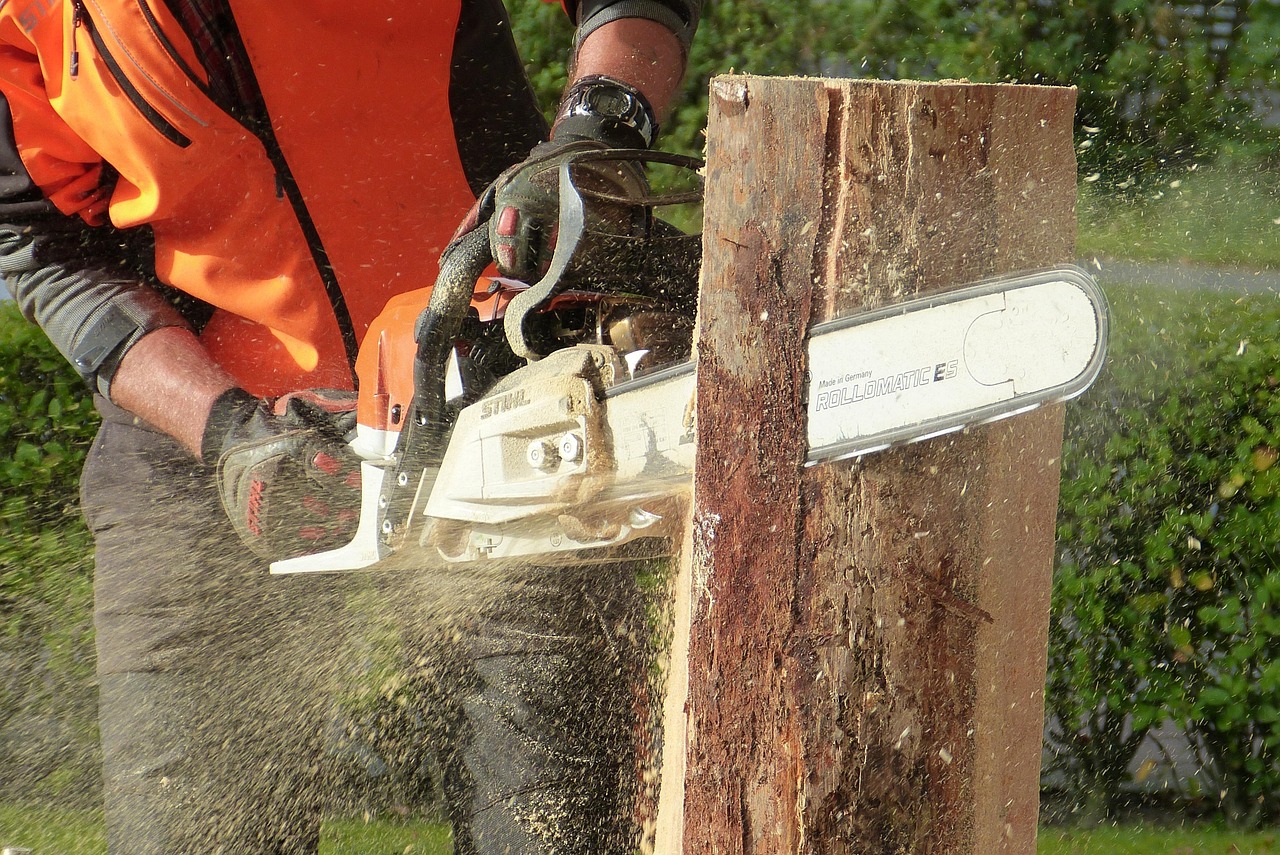Proper seasonal tree pruning is essential for maintaining healthy, attractive trees. Timing the right cuts during winter, spring, summer, or fall ensures optimal growth, disease prevention, and aesthetic appeal. This guide provides practical, season-specific pruning tips to help you care for your trees effectively throughout the year.
Tree pruning isn’t just about tidying up; it’s a personal ritual of sorts, where I carefully remove specific branches to support my trees’ health and aesthetics. Early on, I found out that timing was everything—pruning at the right moment can prevent issues like disease spread, weak branches, or irregular growth. Each season offers its own opportunities and challenges, so I’ve come to understand the importance of knowing what to do and when.

Throughout this journey, I’ve put together my own personal checklist for pruning each season—something I swear by now—that helps me keep my trees in prime condition. I want to share these insights, along with the tips, warnings, and stories from my own experiences, so you can also give your trees the care they deserve.
Understanding When and Why to Prune
I always remind myself that pruning isn’t a one-time task. Trees have their own growth cycles, and pruning at the wrong time can do more harm than good. It took me a while to realize that each tree type and season has specific needs:
- Growth Patterns: I’ve noticed that some trees grow vertically, while others spread out. Pruning when they’re dormant is usually best for deciduous types like maples or oaks, to see their structure clearly.
- Tree Types: Deciduous versus evergreen—knowing their differences helps me decide whether to prune in winter or summer.
- Health Issues: I’ve learned that seasonal pests and diseases tend to appear at certain times, so timing my pruning can combat problems early.
Here’s a quick rundown based on my experience:

| Season | Best Time to Prune | Suitable Tree Types |
|---|---|---|
| Winter | Late Dormancy | Deciduous Trees (e.g., Maples, Oaks) |
| Spring | Right after Blooming | Flowering Trees (e.g., Cherry, Dogwood) |
| Summer | Mid to Late Summer | Evergreens (e.g., Pine, Spruce) |
| Fall | Post-Foliage Drop | Fruit Trees (e.g., Apple, Pear) |
Pro-Tips
When I first started pruning, I underestimated how crucial timing was. Waiting for the right season or weather never failed to improve my results and help my trees recover faster. Now, I always plan my pruning around the specific growth cycle of each tree type and season.
One mistake I made early on was using dull tools. It may seem trivial, but I learned that sharp, clean blades make all the difference—clean cuts heal quicker and reduce the risk of disease. Investing in high-quality tools and maintaining them became a game changer.
Initially, I was heavy-handed, removing too much at once, which stressed my trees. Over time, I adopted the rule of removing no more than a quarter of the foliage and only targeting dead or damaged branches. This approach kept my trees healthy and vibrant.
I used to prune without visualizing the tree’s natural shape, which sometimes led to awkward results. Now, I strive to maintain the tree’s original form, making cuts that support its growth habit rather than fighting against it.
When I first encountered pests or signs of disease, I panicked and treated the symptoms rather than addressing the root cause. Now, I focus on early detection—removing infected parts promptly and supporting the tree’s natural defenses instead of relying solely on chemicals.
Lastly, I used to ignore the importance of proper tools safety. Wearing gloves, goggles, and sturdy shoes when pruning protects me from accidents and makes the process safer and more enjoyable.
Winter Wisdom
I always look forward to winter pruning because deciduous trees lose their leaves, giving me a clear view of their structure. I’ve made plenty of mistakes—like heavy-handed cuts early on—and learned that lighter, careful pruning is the way to go. I keep my tools sharp and make clean cuts, knowing that this helps the trees heal faster and stay healthy.
Tips from my personal experience:
- I always use sharp pruning shears or loppers to avoid tearing the bark.
- Heavy pruning isn’t my style—I focus on removing only what’s dead or damaged.
- I try to visualize the tree’s natural shape and maintain it as I prune.
Spring — The Time to Refresh
Once my trees start to bloom, I’ve learned to wait until their flowers fade before pruning flowering species. Doing so encourages better blooming next year and prevents me from removing buds that are crucial for the upcoming season. I make sure to remove any winter-damaged branches and tidy up the shape by trimming out excess growth.

> My trick: I always remove spent flowers and any broken branches, which makes the tree look tidy and prepares it for a fresh start.
Summer — Light Touch and Vigilance
Summer’s when I keep my pruning light—mainly trimming new shoots and removing water sprouts that pop up like weeds. Because my trees are actively growing, I’ve found that aggressive cuts can set back their development. Watching for pests and disease is also a routine part of my summer pruning sessions.

**My personal tips:**
– I trim back any new shoots to shape the tree without overdoing it.
– I always remove suckers or water sprouts that seem out of place.
– I stay alert for pests—early detection makes treatment easier.
Fall — Preparing for Winter
Fall is my favorite time to evaluate my trees. As leaves drop, I get a clear look at any weak or broken branches that need attention before winter hits. I also make sure to clean up fallen leaves around the base—leaves that trap moisture and can invite disease if left unchecked.
Important lessons I’ve learned:
- I always prune out any damaged or dead branches that wouldn’t survive the cold.
- I clean the area around the roots to improve airflow and reduce pests.
- Ensuring good airflow in the canopy helps prevent pests and fungal issues when it’s cold and damp.
Following this seasonal plan has truly helped my trees stay healthy and look great throughout the year. Each period has its specific focus, and I find sticking to these routines keeps my landscape thriving.
The Right Tools Make All the Difference
I’ve found that having good tools at hand is essential. When I started, I used dull shears and cheap saws, and it showed—poor cuts and more stress on my trees. Now, I invest in sharp, quality tools like pruning shears, loppers, and trimming saws. Keeping my tools clean and sharpened is a small ritual I never skip, because it makes pruning safer and more effective.
- Pruning Shears: For small cuts, I always go for sharp, comfortable handles.
- Loppers: For thicker branches, I rely on sturdy, sharp loppers.
- Saws: When branches are too big for loppers, a good hand saw is my go-to.
- Safety Gear: Gloves, goggles, and durable shoes are my must-haves every time I prune.
I’ve learned to clean and sharpen my tools regularly. A well-maintained tool makes all the difference, especially when dealing with big, stubborn branches.
Understanding Growth Habits and Species Needs
Over the years, I’ve become better at recognizing how different trees grow and what they need. For example, deciduous trees like maples have a certain quiet dormancy in winter, making it the best time to prune. Meanwhile, evergreens, which keep their foliage year-round, require lighter pruning and more frequent shaping.
Deciduous Trees
- For upright trees like oaks, I prune early in winter to maintain their straight form.
- For spreading trees like maples, I thin out crowded branches to improve airflow and health.
Evergreens
- I pay attention to their growth rate—fast growers need more regular light pruning.
- Less is often more, as heavy pruning can stress these resilient trees.
Dealing with Pests and Diseases
My vigilance has been crucial in catching problems early. I keep an eye out for pests like aphids or scale, and signs of fungal diseases like powdery mildew. I’ve found that pruning infected parts away and applying organic treatments early can save a tree from serious damage.
My Favorite Pruning Techniques
Once I mastered the basics, I got into more advanced techniques to improve my results:
The Three-Cut Method
This was a game-changer for larger branches. I always make an undercut first to prevent bark tearing, then finish with a clean cut at the branch collar. This way, I help the tree heal naturally and prevent wounds from festering.
Avoid Topping
I used to think topping was a quick fix to reduce height, but I’ve since learned it can damage the tree’s health. Instead, I gradually thin branches or reduce height through careful cuts. Patience truly pays off.
Timing Is Everything
I make my cuts during dry weather, especially avoiding pruning before storms or extended rain, so wounds stay dry and heal faster.
Common Mistakes I Always Watch Out For
Early in my pruning journey, I made mistakes that taught me valuable lessons:
Pruning at the Wrong Time
- I once pruned flowering trees too early, and missed out on a full bloom next season. Now I always check their flowering schedule first.
- Pruning during freezing cold snaps damages new cuts—so I wait for milder days.
Over-Pruning
- Removing too much foliage made my trees look sparse and stressed. I now follow the rule of not cutting more than about 25% at once.
- Preserving enough leaves for photosynthesis is essential for their recovery; I’ve learned to be more conservative.
Special Tips for Different Tree Types
Each species has its quirks. Over time, I’ve adapted my approach to different trees:
Fruit Trees
- I prune in late winter or early spring—before the buds break—to promote good fruiting.
- I aim for an open canopy that lets sunlight in, which improves fruit quality and reduces disease.
- Regular thinning helps prevent overcrowding and leaves more nutrients for each fruit.
Flowering Trees
- Pruning right after they bloom ensures I don’t cut off next year’s flowers.
- I keep the shape natural, removing only dead or weak branches to maintain that elegant look.
Ornamental Trees
- I focus on enhancing their natural form—less is more for these delicate beauties.
- Fewer cuts mean healthier trees, so I’m conservative but intentional with every snip.
Environmental and Post-Pruning Tips
My experience has shown me that the environment heavily influences how well trees recover. Healthy soil and good weather conditions help my
